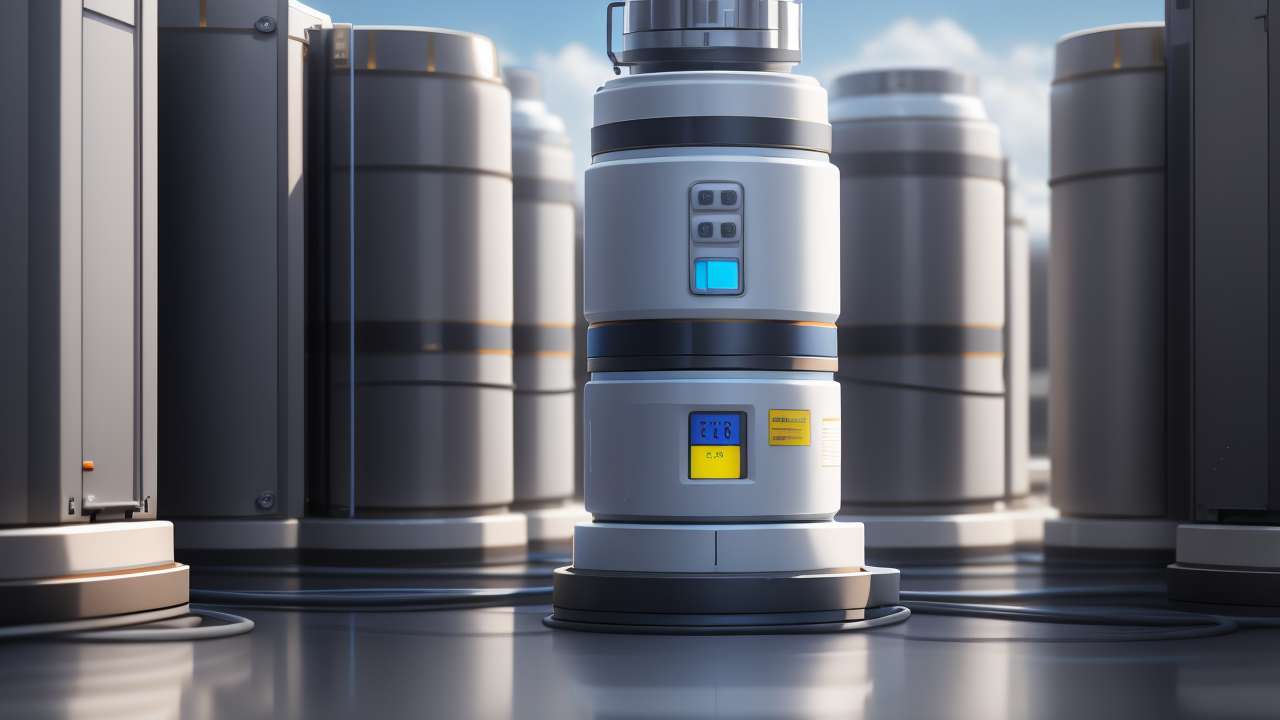Understanding Long Range Walkie-Talkies
The Technology Behind Long Range Communication
Long range walkie-talkies use radio waves to transmit voice over distances. They operate on specific frequencies, allowing for clear communication. These devices have evolved from simple analog systems to digital ones. Digital tech offers better sound quality and longer range.

Most long range walkie-talkies use UHF or VHF bands. UHF is good for indoor use, while VHF works well outdoors. The power output, measured in watts, affects the range. Higher wattage means longer range, but also faster battery drain.
Advanced features like TDMA and FDMA improve efficiency. They allow multiple conversations on a single channel. This is crucial for large teams or busy environments. Encryption is another key tech, ensuring private communication.
Key Features to Look for in a Professional Walkie-Talkie
When choosing a professional walkie-talkie, consider these key features:
- Range: Look for devices that cover your required distance.
- Battery life: Longer battery life is crucial for extended use.
- Durability: Rugged design for harsh environments is important.
- Audio quality: Clear sound is vital for effective communication.
- Channels: More channels allow for better organization of teams.
- Weather resistance: IP ratings indicate water and dust protection.
- Emergency features: SOS buttons and man-down alerts can be lifesaving.
- Compatibility: Ensure it works with your existing equipment.
- Size and weight: Consider portability for all-day use.
- Display: A clear screen helps with channel selection and battery monitoring.
These features ensure your walkie-talkie meets professional standards. They help in choosing a device that fits your specific needs and work environment.
Top Long Range Walkie-Talkies on the Market
Comparing Price Points and Specifications
Long range walkie-talkies vary widely in price and specs. Entry-level models start around $50, while high-end ones can cost over $1000. Here's a brief comparison:

Budget-friendly options ($50-$200):
- Range: 5-20 miles
- Channels: 16-22
- Battery life: 8-12 hours
- Basic features, limited durability
Mid-range models ($200-$500):
- Range: 20-35 miles
- Channels: 32-128
- Battery life: 12-18 hours
- Better durability, some advanced features
Professional-grade devices ($500+):
- Range: 35+ miles
- Channels: 128+
- Battery life: 18+ hours
- Highest durability, all advanced features
Consider your needs and budget when choosing. Higher-priced models offer better range and features. But they may be overkill for simple applications.
How Durability and Reliability Impact Performance
Durability and reliability are crucial for professional walkie-talkies. They directly impact performance and longevity. Durable devices withstand harsh conditions, ensuring consistent communication.
Key durability features include:
- Shock-resistant casing
- Waterproofing (look for high IP ratings)
- Dust protection
- Extreme temperature tolerance
Reliable walkie-talkies offer:
- Consistent signal strength
- Clear audio even in noisy environments
- Long battery life with quick charging
- Minimal interference from other devices
These factors affect real-world performance. A durable device works in rain or after drops. Reliable ones maintain clear communication in crowded areas. This is vital for emergency services and industrial use.
Investing in durable and reliable walkie-talkies pays off. They require less maintenance and replacement. This saves money and ensures uninterrupted communication when it matters most.
Strategic Use of Long Range Walkie-Talkies in the United States
The Role of Walkie-Talkies in Emergency Services and Disaster Management
Long range walkie-talkies are vital in emergency services and disaster management. They provide reliable communication when other systems fail. This is crucial during natural disasters or large-scale emergencies.

Key uses in emergency services include:
- Coordinating first responders
- Maintaining contact in areas with no cell service
- Organizing search and rescue operations
- Managing evacuation procedures
In disaster management, walkie-talkies help with:
- Real-time updates on changing situations
- Directing relief efforts efficiently
- Ensuring clear communication across different agencies
- Maintaining order in chaotic environments
The long range and reliability of these devices are essential. They work when cell towers are down or overloaded. This makes them indispensable for saving lives and managing crises effectively.
Tailoring Communication Solutions for Industry and Security
Industries and security firms use long range walkie-talkies for various needs. These devices offer tailored solutions for specific requirements. They enhance efficiency and safety in many sectors.
In industries, walkie-talkies are used for:
- Coordinating large construction sites
- Managing warehouse operations
- Ensuring safety in mining and oil rigs
- Organizing events and festivals
Security applications include:
- Patrolling large areas like malls or campuses
- Coordinating responses to security threats
- Maintaining communication in remote locations
- Ensuring discreet communication for VIP protection
Tailored features for these sectors often include:
- Noise-cancelling technology for loud environments
- Explosion-proof designs for hazardous areas
- GPS tracking for team management
- Integration with other security systems
By choosing the right walkie-talkie, industries and security firms improve their operations. They ensure clear, reliable communication in any situation. This leads to better efficiency and enhanced safety protocols.





